How to Choose the Right Neighborhood for Your Lifestyle

Choosing the right neighborhood is just as important as finding the perfect home. Your surroundings can significantly impact your daily life, from your commute to your social interactions. Here’s a step-by-step guide to help you find the best neighborhood to match your lifestyle and long-term goals.
1. Assess Your Priorities
Start by thinking about what’s most important to you. Do you prefer a quiet suburb or a bustling urban area? Make a list of your priorities, such as:
- Proximity to work or school
- Access to public transportation
- Quality of local schools
- Availability of parks and recreational areas
- Restaurants, cafes, and nightlife options
- Safety and crime rates
Once you have a clear understanding of your needs, it will be easier to narrow down your search.
2. Consider Your Commute
The length and ease of your commute can affect your quality of life. If you work or attend school, proximity to your workplace or campus might be a top priority. Consider how traffic patterns, public transportation, or biking routes will impact your daily commute. You might love a home, but a long or stressful commute can quickly diminish the appeal of a great neighborhood.
3. Check the Local Amenities
Think about your lifestyle and hobbies. Do you love dining out, visiting art galleries, or having easy access to fitness centers? Make sure the neighborhood offers the amenities that align with your lifestyle. Walkability is also an important factor; some people prefer having everything they need within a short distance, while others don’t mind a longer drive.
4. Research School Districts
If you have children or plan to in the future, living in a good school district may be a key consideration. Even if you don’t have kids, buying a home in a neighborhood with strong schools can positively affect resale value. Take time to research local schools and their ratings, as this can be a significant influence on your decision.
5. Understand the Neighborhood's Vibe
Every neighborhood has its own unique character. Spend time exploring the area by walking or driving through at different times of day. Check out local parks, cafes, and shops to get a feel for the neighborhood’s vibe. Is it vibrant and social, or more serene and private? Make sure it fits your personality and lifestyle.
6. Look into Future Development
What a neighborhood looks like today may not reflect what it will look like in a few years. Check if there are any planned developments that could impact the area, such as new commercial centers, road expansions, or public transportation projects. While these can increase property values, they might also change the neighborhood’s character or create noise and congestion.
7. Safety and Crime Rates
Safety is often a primary concern for homebuyers. Do your research on the crime rates in the neighborhoods you are considering. While no area is completely free of crime, look for communities with low rates of serious incidents. You can often find crime reports online or contact local police departments for more detailed information.
8. Consider Property Values
Research home prices in the neighborhood to understand the real estate market. Are prices rising, staying stable, or declining? A neighborhood with steadily increasing property values can be a great long-term investment. However, areas with skyrocketing prices may become unaffordable if you plan to upgrade in the future.
9. Test the Community
Before making a final decision, take the time to interact with residents. Visit local events, talk to neighbors, and ask about their experiences. If you get a warm, welcoming vibe, it’s a good indicator that the community could be a good fit for you.
Conclusion
Choosing the right neighborhood is about more than just location—it's about finding a place that matches your lifestyle, values, and long-term goals. By carefully considering factors such as commute, amenities, safety, and future development, you’ll be well on your way to finding a neighborhood that feels like home!
Recent Posts

It’s Not the Rates, It’s the Readiness: Why Waiting to Buy Is Costing You More
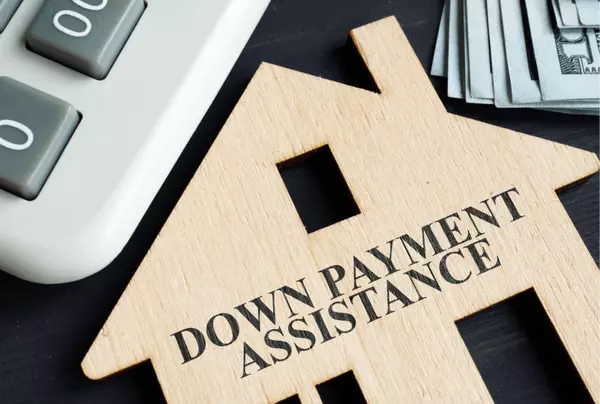
The Pros and Cons of Using Down Payment Assistance
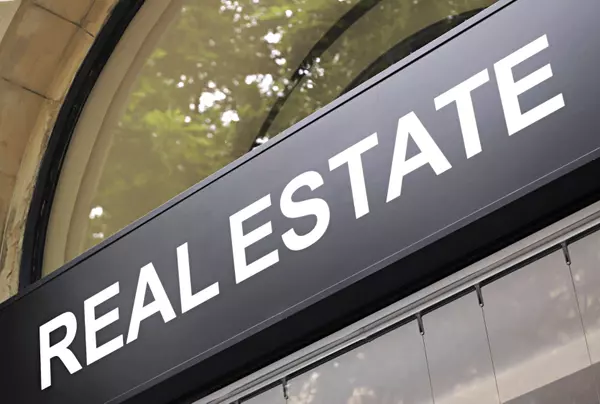
How to Choose the Best Brokerage for You—We’re Hiring!
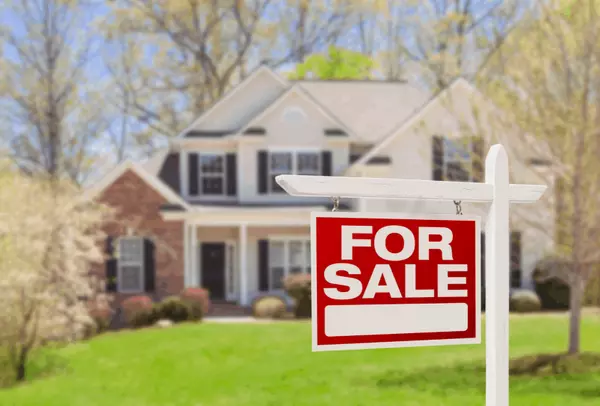
How to Know if It’s Time for You to Sell Your Home
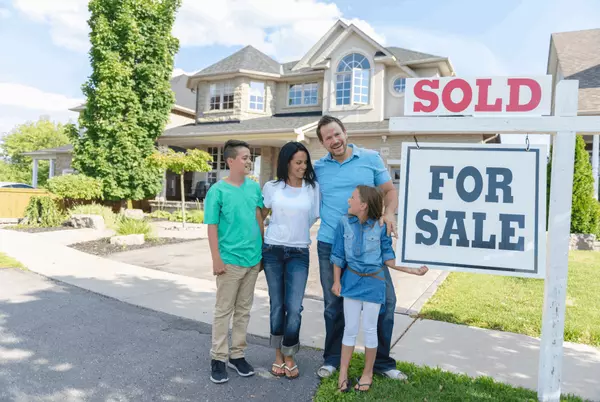
How to Know if It's a Good Time for You to Buy a Home
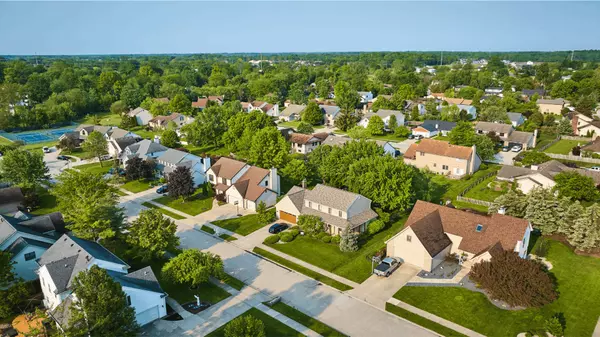
5 Must-Have Features in a Home for First-Time Buyers
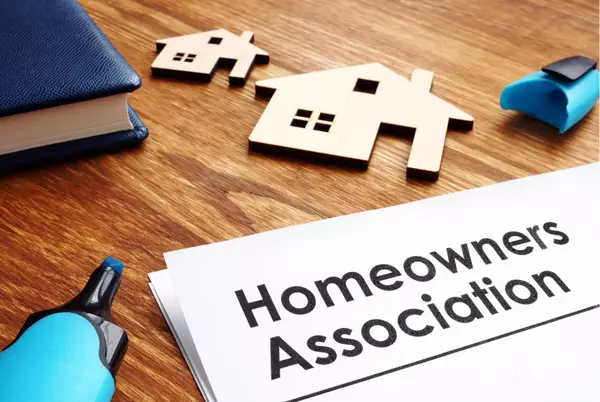
Understanding Homeowners' Associations: What You Need to Know
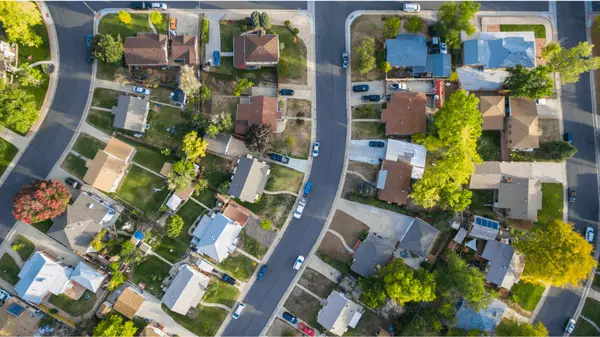
How to Choose the Right Neighborhood for Your Lifestyle
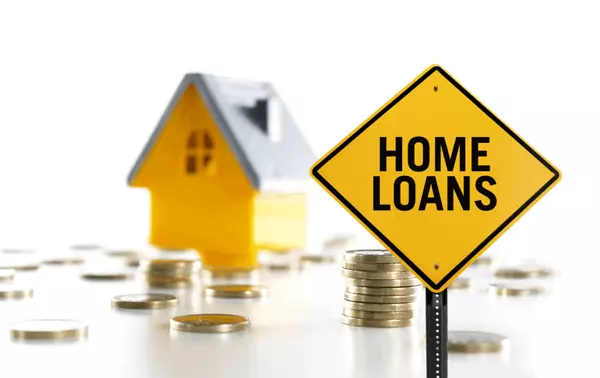
Exploring Different Types of Home Loans: Which is Right for You?
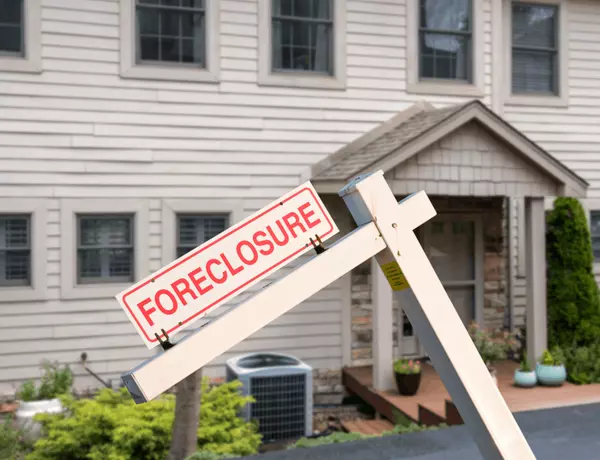
Understanding the Differences Between Short Sales and Foreclosures

